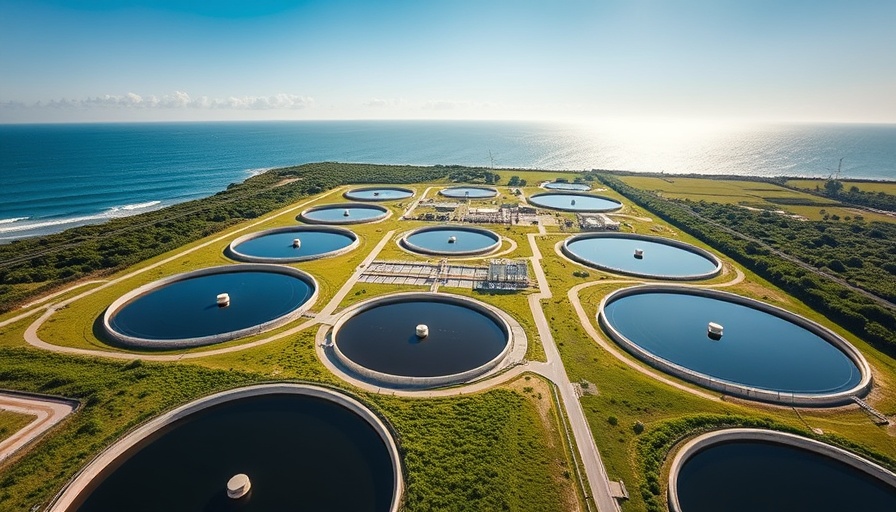
Understanding the Importance of Monitoring Labor Costs in Construction
In the competitive world of construction, where profit margins often hover around a precarious 1-3%, maintaining a keen eye on labor costs is not merely advisable; it's essential for survival and success. With construction labor costs typically comprising 20-35% of any project’s total budget, overlooked expenses can contribute to profit fade — a silent killer of construction profitability.
Defining Construction Labor Costs - More Than Just Wages
Many might simplify labor costs to just hourly wages of workers on-site. However, true labor costs encompass much more. Understanding the distinction between direct and indirect labor costs is fundamental:
- Direct labor costs include salaries and wages of trade professionals on the job, such as electricians, carpenters, and plumbers, alongside associated costs like training and certifications.
- Indirect labor costs, on the other hand, cover expenses related to support personnel not directly engaged in construction work—project managers, administrative staff, safety officers, and others whose roles are vital yet often hidden in the budget.
Strategies to Keep Labor Costs Under Control
Implementing effective cost-management strategies is crucial for any contractor looking to enhance profitability. Here are several approaches:
- Leverage Technology: Utilizing construction management software can provide real-time insights into labor costs, enabling project managers to stay on top of budgeting and forecasting.
- Effective Training: Investing in continuous education for your workforce can lead to more efficient practices, directly impacting time and materials wasted — ultimately controlling costs.
- Strategic Workforce Management: Understanding seasonal labor trends and aligning your project schedules with labor availability can mitigate unexpected expenses from overtime or hiring shortages.
Future Trends: Embracing a Data-Driven Approach
Looking ahead, the construction industry is on the cusp of a transformation. As contractors increasingly embrace data analytics, the ability to predict labor costs before they balloon into a budgetary nightmare becomes a reality. These insights allow firms to formulate more competitive bids while ensuring project budgets remain intact.
Common Misconceptions About Construction Labor Costs
Many contractors believe that controlling just direct labor costs suffices; however, neglecting indirect labor can result in considerable overspending.
Additionally, some erroneously view hiring less skilled labor as a cost-saving measure, while in reality, it often leads to increased mistakes, rework, and longer project timelines that inflate the total cost of labor.
Funding Your Knowledge: The Value of Understanding Labor Costs
Understanding labor costs isn't just about minimizing expenses. By mastering this aspect of project management, contractors can confidently face the market, make competitive bids, and create winning proposals that translate into tangible business growth.
The Path Forward: Taking Action for Sustained Growth
For construction contractors aiming to optimize profitability, this knowledge isn’t just beneficial; it’s vital. By adopting these principles, you position your business to thrive against the pressures of a competitive industry.
With financial wellness depending heavily on transparency regarding labor costs, it becomes essential for contractors to develop systems and practices that support accurate tracking and robust analysis. The outcome? Improved bids, reduced risks of profit fade, and sustained growth that ensures your company stands resilient in the face of challenges.
 Add Row
Add Row  Add
Add 




Write A Comment